Preserving food at home is a great way to make the most of fresh, seasonal ingredients and reduce food waste. Properly preserved foods can last for months or even years, allowing you to enjoy homemade jams, pickles, and other items long after the growing season. In this guide, we’ll explore the most common methods for preserving food at home.
Why Preserve Food?
There are several key reasons you may want to start preserving food at home:
- Save money. Preserving food yourself costs a fraction of what you’d pay for comparable commercially canned or frozen items. You can buy produce in bulk when it’s in season and less expensive.
- Gain control over ingredients. When you preserve your own food, you control exactly what goes into it. You can avoid unwanted additives and preservatives found in store-bought versions.
- Reduce waste. Preserving lets you make use of excess garden produce and prevent food spoilage. It’s an extremely effective food waste reduction technique.
- Enjoy better taste. Most commercially canned or frozen fruits and vegetables are picked before fully ripe. Preserving ripe, peak-season produce at home locks in superior flavor.
- Gain self-sufficiency skills. Learning to preserve food is a valuable skill for anyone interested in becoming more self-reliant. Having home-preserved food helps your household become less dependent on grocery stores. And many tools for preserving food are common.
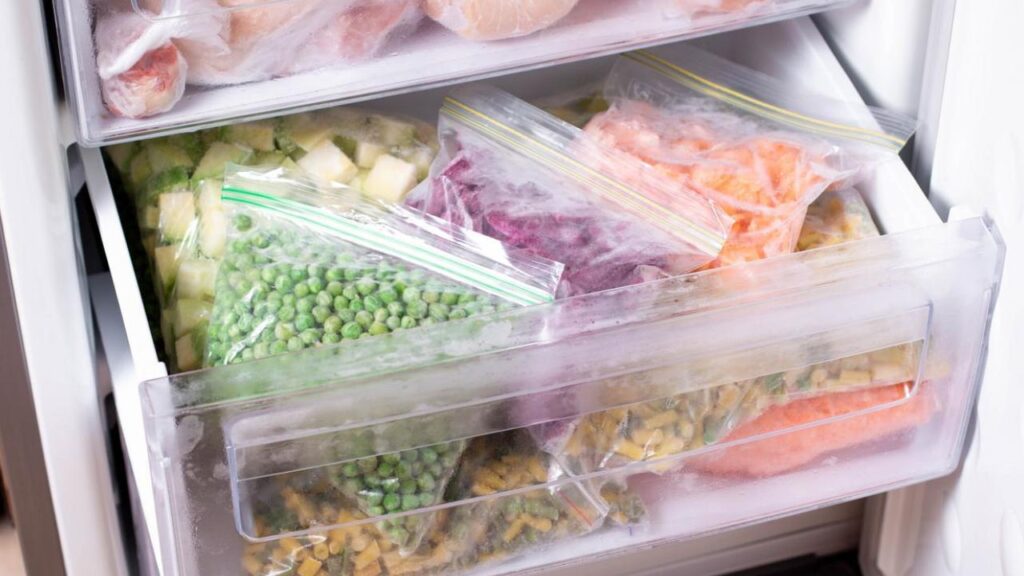
Food Preservation Methods
There are a variety of methods available for preserving food at home. The techniques differ based on how they inhibit microbial growth and enzyme activity. Common food preservation methods include:
Freezing
One of the easiest ways to preserve foods at home is by freezing them. Placing food in a freezer at 0°F halts microbial growth and slows enzyme activity. To freeze food successfully:
- Use high-quality freezer bags, plastic containers, or mason jars. Ensure they create an airtight seal.
- Blanch vegetables before freezing to stop enzyme actions that can cause loss of flavor, color, and texture.
- Freeze foods as soon as possible after harvesting or purchasing.
- Avoid letting frozen items thaw and refreeze. This can lead to loss of quality.
Foods that freeze well include fruits, vegetables, meat, poultry, and fish. Berries, broccoli, green beans, and stone fruits are excellent candidates for freezing.
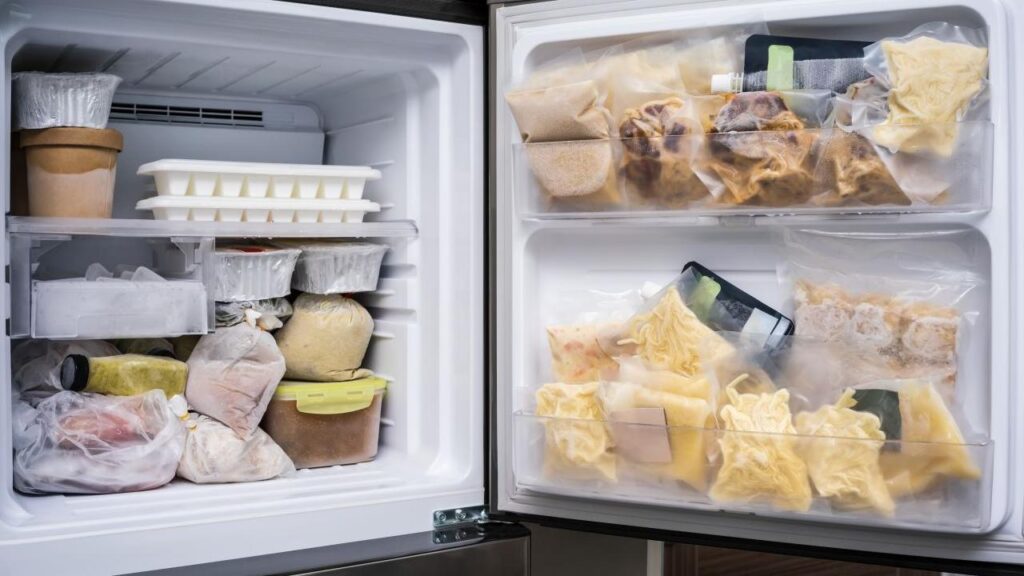
Canning
Canning involves placing food in sterilized jars, heating them to a high temperature, and sealing them with an airtight lid. This process destroys microorganisms and inactivates enzymes. For successful canning:
- Use a pressure canner for low-acid foods like meat, seafood, and vegetables. A water bath canner works for high-acid foods like fruit jams and pickled vegetables.
- Carefully follow canning instructions and recipes. Proper processing times and temperatures are essential to kill harmful bacteria.
- Allow sealed canned goods to rest undisturbed for 12-24 hours before storing. This prevents seal failures.
- Check lids on stored cans regularly. Don’t eat anything with signs of spoilage.
Properly canned items can be stored at room temperature for up to a year. Common canned foods include jams, fruits, sauces, soups, and tuna.
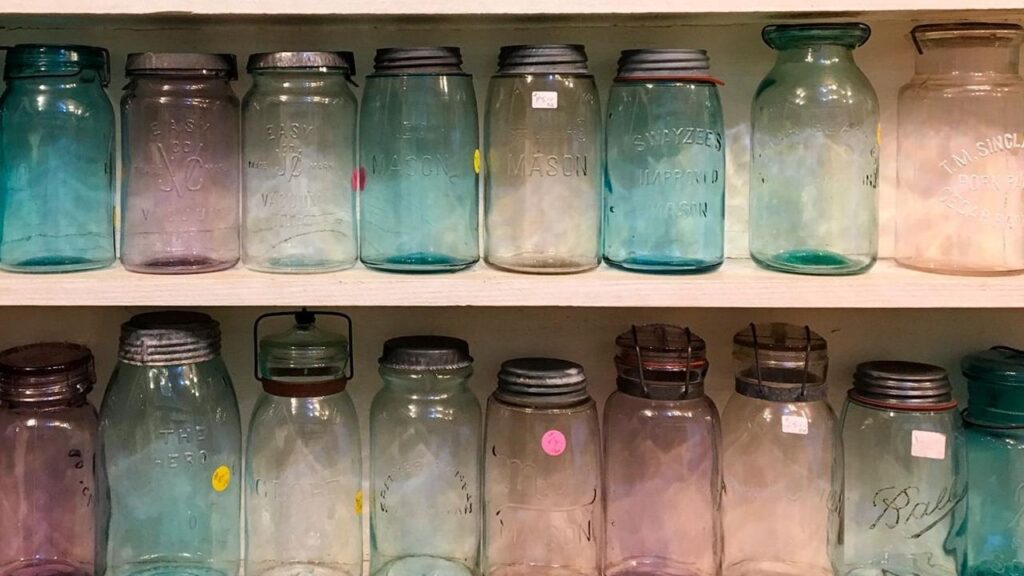
Dehydrating
Dehydrating food removes moisture to prevent bacterial growth. A food dehydrator uses low, sustained heat to dry foods. You can also use an oven on a low temperature setting. To dry foods at home:
- Slice pieces thinly and evenly to ensure proper dehydration. Pretreat foods like apples with lemon juice to prevent browning.
- Dry most fruits and vegetables at 135-140°F until no moisture remains. Meat jerky should be dried at 160-165°F.
- Condition dried items for a few days before storage. This evenly redistributes remaining moisture.
- Store dehydrated foods in airtight containers in a cool, dark place. Most will keep for up to a year.
Great options for dehydrating include apples, bananas, kale, and tomatoes. Meat jerky is also a popular dried item.
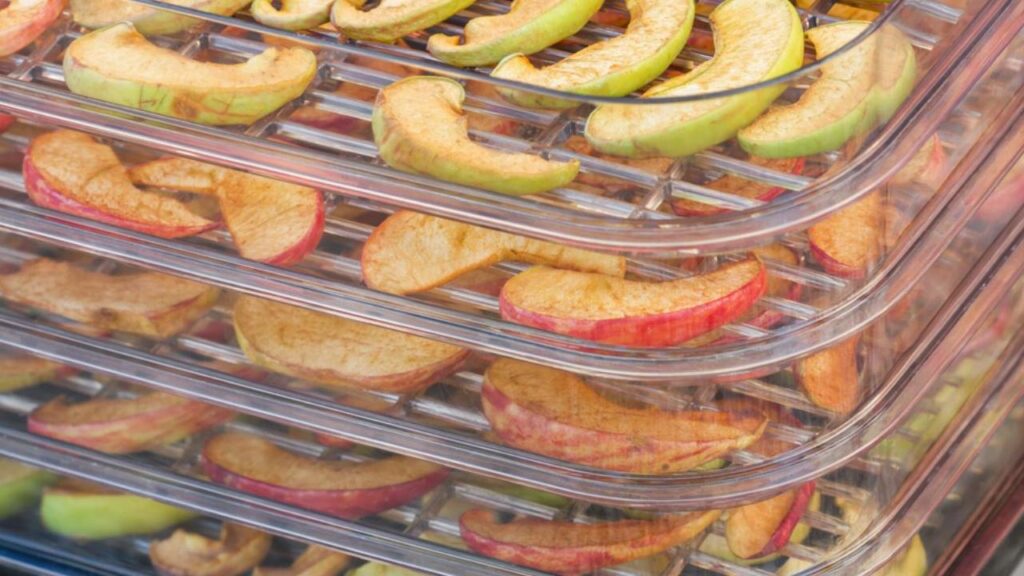
Fermenting
Fermenting foods creates an environment where beneficial bacteria like lactobacilli can thrive while suppressing harmful bacteria. Typical fermented items include:
- Sauerkraut: Finely shredded cabbage fermented in salty brine.
- Kimchi: Fermented mixture of spiced cabbage, radish, and other vegetables.
- Yogurt: Milk fermented with live cultures. Can be made from various types of milk.
- Kombucha: Sweetened tea fermented with a SCOBY.
- Sourdough: Bread made from fermented dough starters.
For successful fermentation:
- Wash produce thoroughly. Use clean jars, lids, and utensils.
- Weigh down vegetables with jars or weights to keep them submerged under brine.
- Maintain temperature within ideal range for the specific ferment, usually 65-75°F.
- Allow fermentation to proceed for 2-6 weeks depending on the food item and your taste.
Properly fermented foods will keep for months in the refrigerator or cool cellar. The fermentation process preserves them naturally.
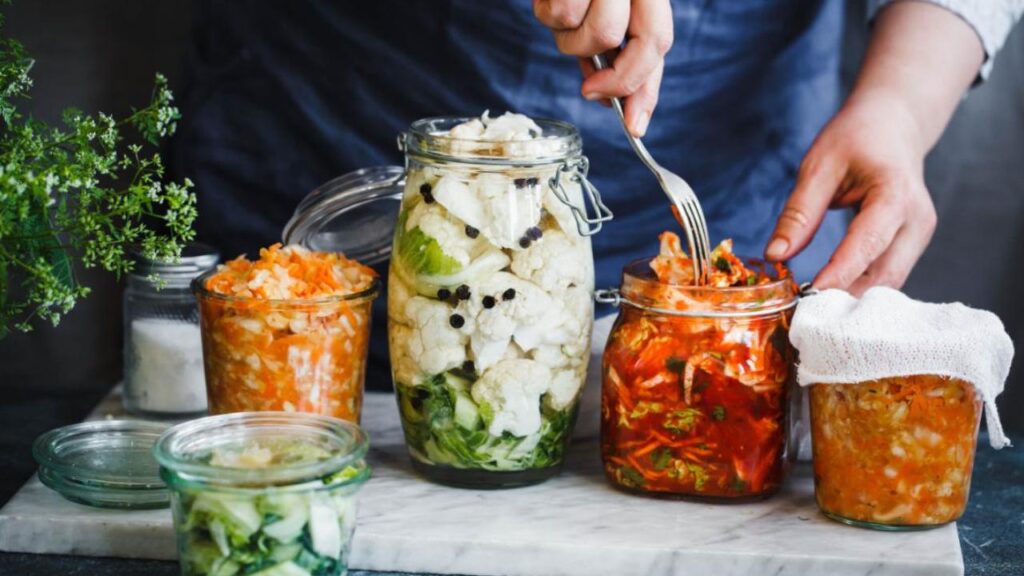
Curing
Curing involves drying food in salt, nitrates, or a nitrite brine. This inhibits bacterial growth by reducing moisture and creates an environment where good bacteria thrive. Common cured foods include:
- Smoked salmon
- Prosciutto ham
- Salami and other cured sausages
- Corned beef
- Bacon
Curing requires meticulous attention to temperature, humidity, and other factors. It’s best suited for intermediate to advanced preservers.
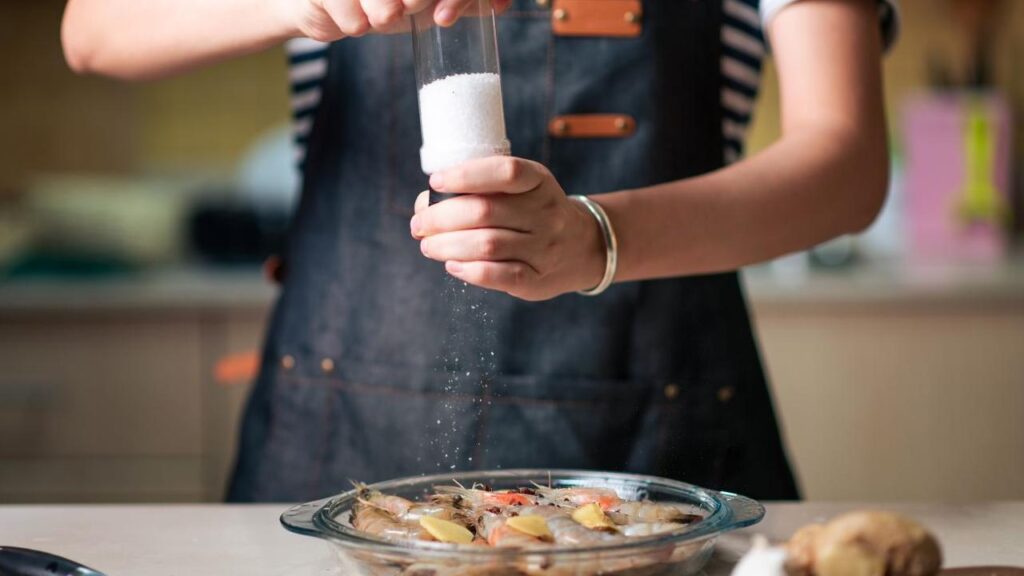
Jams and Jellies
Turning fruits into jams and jellies not only preserves their flavor, it condenses nutrients and antioxidants. To make successful jams and jellies:
- Use a combination of underripe and just-ripe fruit. Underripe fruit contains more natural pectin to help jams set.
- Add sugar, lemon juice, or commercial pectin to aid gelling. The proper proportions will depend on the fruit’s natural pectin content.
- Bring fruit and sugar mixture to a rolling boil, then boil rapidly for 1-2 minutes to activate pectins.
- Test gel consistency as jams or jellies cool. Refrigerate promptly after filling jars.
Jams and jellies stored properly in sterilized jars will keep 10-12 months unopened. Berries, stone fruits, and citrus all make excellent candidates.
Tips for Safe Food Preservation
While preserving food at home can provide many benefits, it’s critical to follow proper procedures to avoid health risks like botulism or listeria. Keep these food safety tips in mind:
- Use up-to-date tested recipes from trusted sources like the USDA, Extension offices, and established canning brands. Don’t use recipes of questionable origin.
- Inspect all equipment and jars for cracks or chips prior to use. Use jars specifically designed for home canning. Discard any questionable items.
- Clean all work surfaces, equipment, jars, and lids thoroughly before starting. Wash produce well before preparing.
- Acidify low-acid vegetables like green beans with vinegar or lemon juice before canning. Use a pressure canner for low-acid foods.
- Follow processing instructions precisely, including prep work, heating times, and cooling. Set a timer and stay near the canner while it operates.
- Check seals on cooled jars before storing. Refrigerate any with imperfect seals and use promptly. Press the center of the lid to ensure no movement.
- Label jars with contents and date before storing. Store in a clean, cool, dark place. Use oldest first and don’t exceed recommended storage times.
- Look for signs of spoilage before consuming, like mold, unpleasant odors, foaming, or spurting liquid upon opening. Discard any jars showing signs of contamination.
Following proper procedures carefully when preserving food is the best way to retain quality and prevent unsafe products. When in doubt, remember: if the process feels unsafe or unsanitary, don’t risk it.

Enjoy Your Home Preserved Foods!
Preserving food at home allows you to make the most of seasonal abundance while reducing reliance on store-bought items. Take your time, follow trusted recipes, and remember—the most important step is ensuring your creations are safely processed and stored. But even if you store your food as above, it’s not like the food won’t expire; you still have to be careful about how long you store it.
With some practice, you’ll be on your way to filling your pantry with delicious jams, nutritious fermented veggies, satisfying canned soups, and other homemade preserved foods your whole family will enjoy. Have fun experimenting with different preservation techniques and make the most of your fresh ingredients.
If you have any questions about storing food, you can read 17 Common Questions About Home Preserving. This will surely solve your questions!

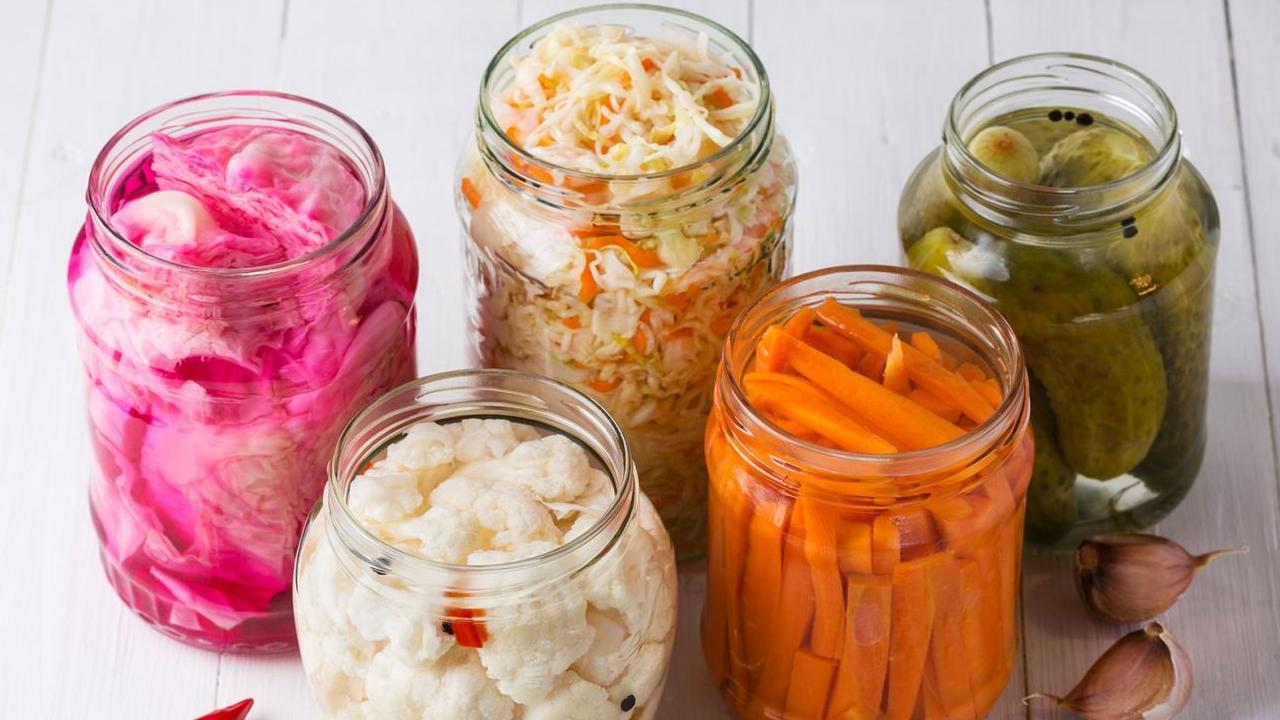
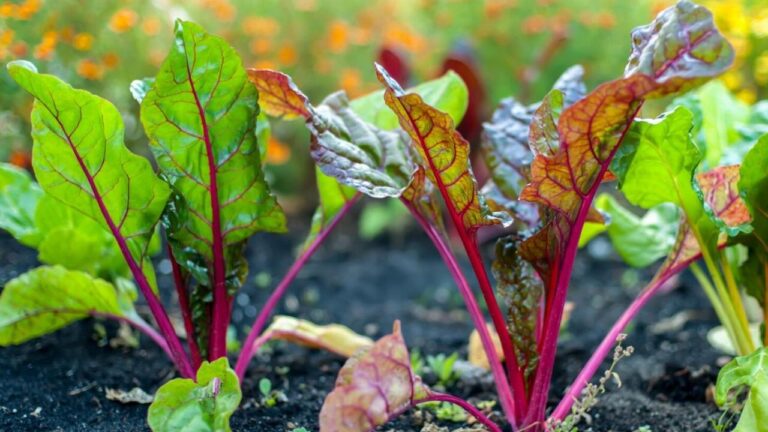
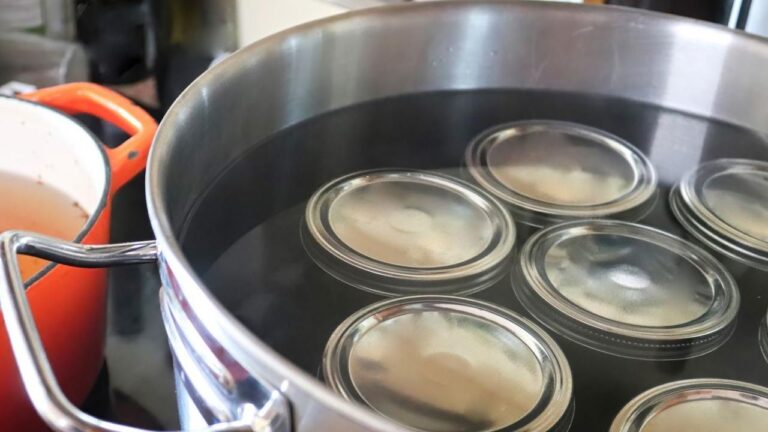
Leave a Comment